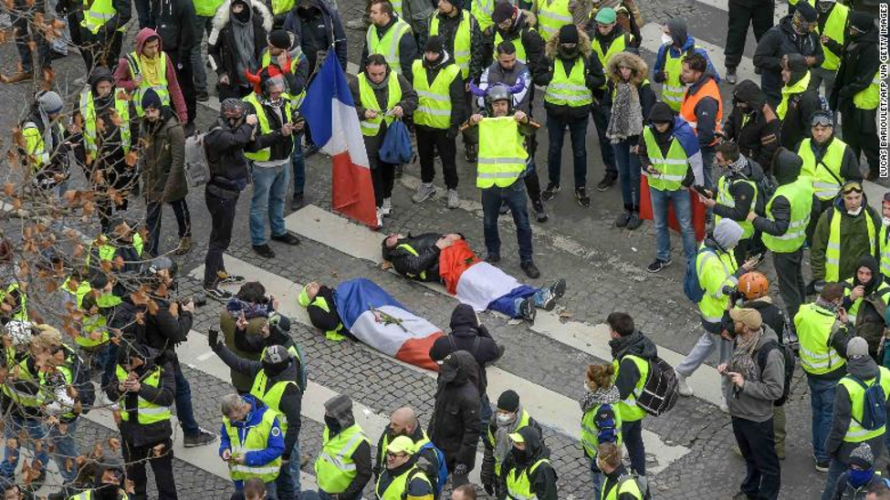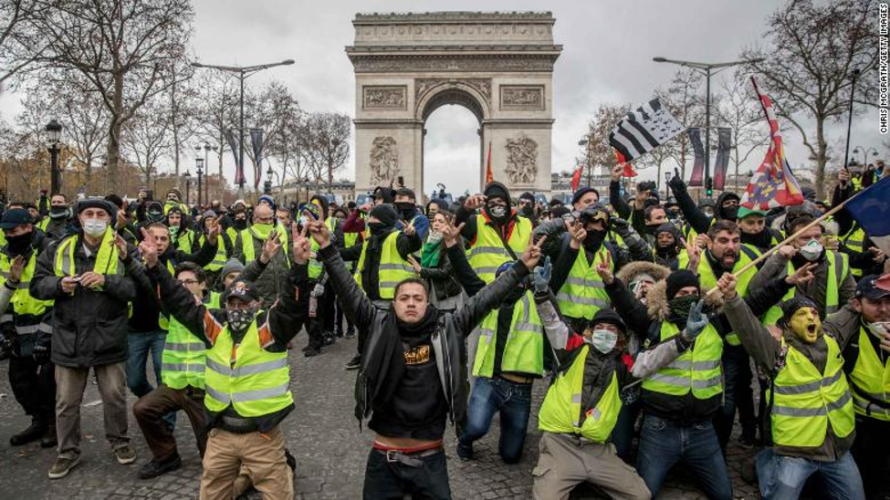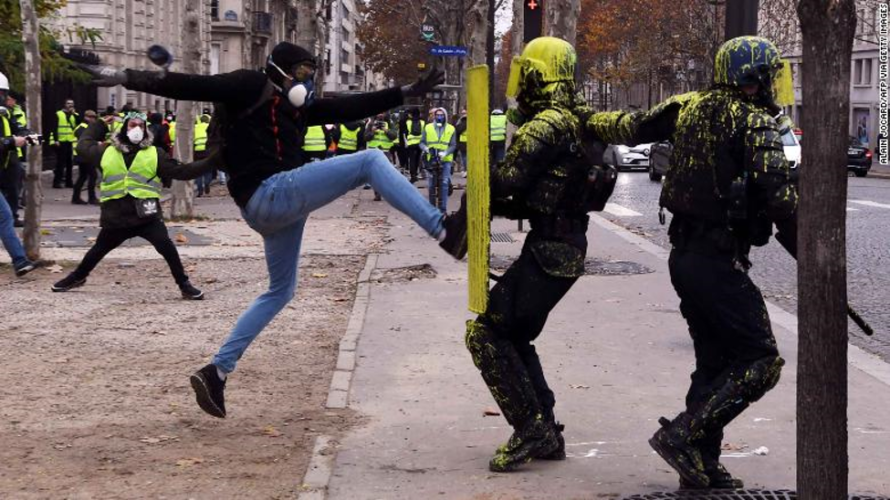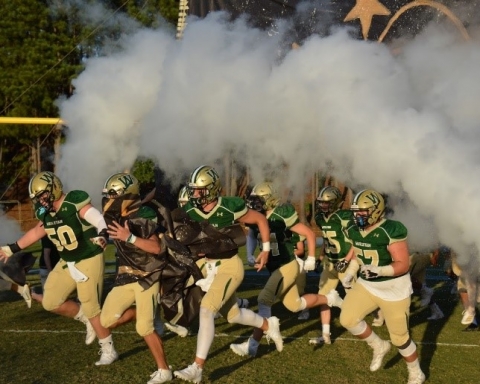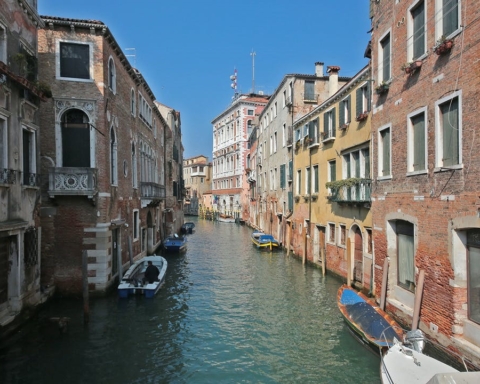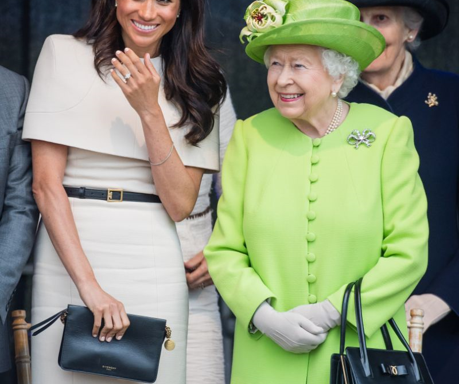In November 2018, the Yellow Vest Movement began organizing protests on the main streets of Paris. Despite having an ideology of peaceful protesting, Les Gilets Jaunes (Yellow Vests) have demonstrated in a variety of ways, from destroying expensive shops on Les Champs Elysée to burning cars. Hearing about such a serious series of protest may leave one wondering; “Who are the Yellow Vests, and why are they so upset?”
The Yellow Vest Movement is a French group of protesters who filled the streets of Paris for over a year. According to NPR, the Yellow Vests began with most of its members being from rural towns in France. The group eventually expanded and welcomed middle and working class Parisians. According to CNN, by the time the Yellow Vests had their first protest, the group had about 250,000 people in the streets of Paris. AP U.S History teacher Kevin Kadzis said that Paris was chosen as the city for the protests because it would make them “impossible to overlook.” The idea to wear yellow vests during protests came from the French law that all motorists must carry a yellow vest in their cars in case of an emergency, to assure they are visible to law enforcement.
The Yellow Vest Movement had its first protest on Nov. 17, 2018. According to AP U.S History teacher Kevin Kadzis, the frustration is “coming from a perceived lack of economic equality.” The working class was unhappy with French President Emmanuel Macron’s new green tax on gas that was set to go into effect Jan. 1, 2019. This tax was implemented as an eco-friendly way to cut carbon emissions in France. This gas tax heavily affected French citizens living in France’s rural towns, which added many non-Parisians to the protests. This sense of discontent subtly built up for a long time, and the new gas tax was what Wesleyan senior Parker Bowen called “the last straw after lots of frustration.”
On the first weekend of December 2018, the protests became much more intense. Protesters began down Paris’ Les Champs Elysée and began stealing from stores and vandalizing buildings. Tensions continued to rise, and certain protesters began attacking police officers, resulting in almost 400 arrests according to NPR.
The protesting continued for months and became progressively more violent and difficult for the French government to control. The Yellow Vests continued to demand more financial support from the government. Some protesters declared that they would not stop protesting until President Macron resigned. The French government scrapped the gas tax that had been implemented and gave a 10-billion-euro wage raise and tax relief for France’s poorest citizens. This did not satisfy the Yellow Vests, as the protests continued weekly in Paris. The French president eventually decided to go on a tour around France, speaking with local officials and citizens in small towns. Unfortunately for President Macron, these visits to rural French towns were not as efficient in stopping the protests as he had initially hoped, but it increased his approval rating in small towns.
Eventually, the protest began to die down as fewer people participated. This decline in protesters was primarily due to the French government passing stricter anti protesting legislation, and Parisian police using more intense tactics to combat violence. The last official protest occurred in September 2019. Many of the Yellow Vests felt like the protests were inefficient and ultimately achieved nothing. The economic inequality that instigated the protesting is still present in the French economy, and Emanuel Macron is still president. According to CNN, there was speculation that they were planning to protest again soon, but only time will tell.

